This is 2nd article about bali and why you should come to bali.
This article will come every week, every thursday.
Anyway, the much you read the more you know about.
HISTORY OF BALI
Ancient
Bali was inhabited around 2000 BC by Austronesian people who migrated originally from Southeast Asia and Oceania through Maritime Southeast Asia.Culturally and linguistically, the Balinese are closely related to the people of the Indonesian archipelago, Malaysia, the Philippines, and Oceania. Stone tools dating from this time have been found near the village of Cekik in the island’s west.
In ancient Bali, nine Hindu sects existed, namely Pasupata, Bhairawa, Siwa Shidanta, Waisnawa, Bodha, Brahma, Resi, Sora and Ganapatya. Each sect revered a specific deity as its personal Godhead.
Inscriptions from 896 and 911 don’t mention a king, until 914, when Sri Kesarivarma is mentioned. They also reveal an independent Bali, with a distinct dialect, where Buddhism and Sivaism were practiced simultaneously. Mpu Sindok’s great granddaughter, Mahendradatta (Gunapriyadharmapatni), married the Bali king Udayana Warmadewa (Dharmodayanavarmadeva) around 989, giving birth to Airlangga around 1001. This marriage also brought more Hinduism and Javanese culture to Bali. Princess Sakalendukirana appeared in 1098. Suradhipa reigned from 1115 to 1119, and Jayasakti from 1146 until 1150. Jayapangus appears on inscriptions between 1178 and 1181, while Adikuntiketana and his son Paramesvara in 1204.129,144,168,180
Balinese culture was strongly influenced by Indian, Chinese, and particularly Hindu culture, beginning around the 1st century AD. The name Bali dwipa (“Bali island”) has been discovered from various inscriptions, including the Blanjong pillar inscription written by Sri Kesari Warmadewa in 914 AD and mentioning “Walidwipa”. It was during this time that the people developed their complex irrigation system subak to grow rice in wet-field cultivation. Some religious and cultural traditions still practised today can be traced to this period.
The Hindu Majapahit Empire (1293–1520 AD) on eastern Java founded a Balinese colony in 1343. The uncle of Hayam Wuruk is mentioned in the charters of 1384-86. A mass Javanese emigration occurred in the next century.234,240
Kandapat Sari statue in Semarapura, one of old settlements in Bali. Historically, Balinese art and culture is born and based in this town
Portuguese contacts
The first known European contact with Bali is thought to have been made in 1512, when a Portuguese expedition led by Antonio Abreu and Francisco Serrão sighted its northern shores. It was the first expedition of a series of bi-annual fleets to the Moluccas, that throughout the 16th century usually traveled along the coasts of the Sunda Islands. Bali was also mapped in 1512, in the chart of Francisco Rodrigues, aboard the expedition. In 1585, a ship foundered off the Bukit Peninsula and left a few Portuguese in the service of Dewa Agung.
Dutch East India
In 1597 the Dutch explorer Cornelis de Houtman arrived at Bali, and the Dutch East India Company was established in 1602. The Dutch government expanded its control across the Indonesian archipelago during the second half of the 19th century (see Dutch East Indies). Dutch political and economic control over Bali began in the 1840s on the island’s north coast, when the Dutch pitted various competing Balinese realms against each other. In the late 1890s, struggles between Balinese kingdoms in the island’s south were exploited by the Dutch to increase their control.
In June 1860 the famous Welsh naturalist, Alfred Russel Wallace, travelled to Bali from Singapore, landing at Bileling on the northcoast of the island. Wallace’s trip to Bali was instrumental in helping him devise his Wallace Line theory. The Wallace Line is a faunal boundary that runs through the strait between Bali and Lombok. It has been found to be a boundary between species of Asiatic origin in the east and a mixture of Australian and Asian species to the west. In his travel memoir The Malay Archipelago, Wallace wrote of his experience in Bali:
I was both astonished and delighted; for as my visit to Java was some years later, I had never beheld so beautiful and well-cultivated a district out of Europe. A slightly undulating plain extends from the seacoast about ten or twelve miles inland, where it is bounded by a fine range of wooded and cultivated hills. Houses and villages, marked out by dense clumps of coconut palms, tamarind and other fruit trees, are dotted about in every direction; while between them extend luxurious rice-grounds, watered by an elaborate system of irrigation that would be the pride of the best cultivated parts of Europe.
Puputan Monument
The Dutch mounted large naval and ground assaults at the Sanur region in 1906 and were met by the thousands of members of the royal family and their followers who fought against the superior Dutch force in a suicidal puputan defensive assault rather than face the humiliation of surrender. Despite Dutch demands for surrender, an estimated 200 Balinese marched to their death against the invaders. In the Dutch intervention in Bali, a similar massacre occurred in the face of a Dutch assault in Klungkung. Afterward the Dutch governors exercised administrative control over the island, but local control over religion and culture generally remained intact. Dutch rule over Bali came later and was never as well established as in other parts of Indonesia such as Java and Maluku.
In the 1930s, anthropologists Margaret Mead and Gregory Bateson, artists Miguel Covarrubias and Walter Spies, and musicologist Colin McPhee all spent time here. Their accounts of the island and its peoples created a western image of Bali as “an enchanted land of aesthetes at peace with themselves and nature.” Western tourists began to visit the island.
The Bali bombings monument
Imperial Japan occupied Bali during World War II. It was not originally a target in their Netherlands East Indies Campaign, but as the airfields on Borneo were inoperative due to heavy rains, the Imperial Japanese Army decided to occupy Bali, which did not suffer from comparable weather. The island had no regular Royal Netherlands East Indies Army (KNIL) troops. There was only a Native Auxiliary Corps Prajoda (Korps Prajoda) consisting of about 600 native soldiers and several Dutch KNIL officers under command of KNIL Lieutenant Colonel W.P. Roodenburg. On 19 February 1942 the Japanese forces landed near the town of Senoer [Senur]. The island was quickly captured.
During the Japanese occupation, a Balinese military officer, Gusti Ngurah Rai, formed a Balinese ‘freedom army’. The harshness of war requisitions made Japanese rule more resented than Dutch rule. Following Japan’s Pacific surrender in August 1945, the Dutch returned to Indonesia, including Bali, to reinstate their pre-war colonial administration. This was resisted by the Balinese rebels, who now used recovered Japanese weapons. On 20 November 1946, the Battle of Marga was fought in Tabanan in central Bali. Colonel I Gusti Ngurah Rai, by then 29 years old, finally rallied his forces in east Bali at Marga Rana, where they made a suicide attack on the heavily armed Dutch. The Balinese battalion was entirely wiped out, breaking the last thread of Balinese military resistance.
Independence from the Dutch
In 1946, the Dutch constituted Bali as one of the 13 administrative districts of the newly proclaimed State of East Indonesia, a rival state to the Republic of Indonesia, which was proclaimed and headed by Sukarno and Hatta. Bali was included in the “Republic of the United States of Indonesia” when the Netherlands recognised Indonesian independence on 29 December 1949.
Contemporary
The 1963 eruption of Mount Agung killed thousands, created economic havoc and forced many displaced Balinese to be transmigrated to other parts of Indonesia. Mirroring the widening of social divisions across Indonesia in the 1950s and early 1960s, Bali saw conflict between supporters of the traditional caste system, and those rejecting this system. Politically, the opposition was represented by supporters of the Indonesian Communist Party (PKI) and the Indonesian Nationalist Party (PNI), with tensions and ill-feeling further increased by the PKI’s land reform programs. An attempted coup in Jakarta was put down by forces led by General Suharto.
The army became the dominant power as it instigated a violent anti-communist purge, in which the army blamed the PKI for the coup. Most estimates suggest that at least 500,000 people were killed across Indonesia, with an estimated 80,000 killed in Bali, equivalent to 5% of the island’s population. With no Islamic forces involved as in Java and Sumatra, upper-caste PNI landlords led the extermination of PKI members.
As a result of the 1965/66 upheavals, Suharto was able to manoeuvre Sukarno out of the presidency. His “New Order” government reestablished relations with western countries. The pre-War Bali as “paradise” was revived in a modern form. The resulting large growth in tourism has led to a dramatic increase in Balinese standards of living and significant foreign exchange earned for the country. A bombing in 2002 by militant Islamists in the tourist area of Kuta killed 202 people, mostly foreigners. This attack, and another in 2005, severely reduced tourism, producing much economic hardship to the island.
The Bali bombings monument
SEE YOU NEXT WEEK
BREAKING NEWS | HEADLINE NEWS | NEWS | DAILY NEWS | WEEKLY NEWS
WORLD NEWS | INDONESIA NEWS | BALI NEWS


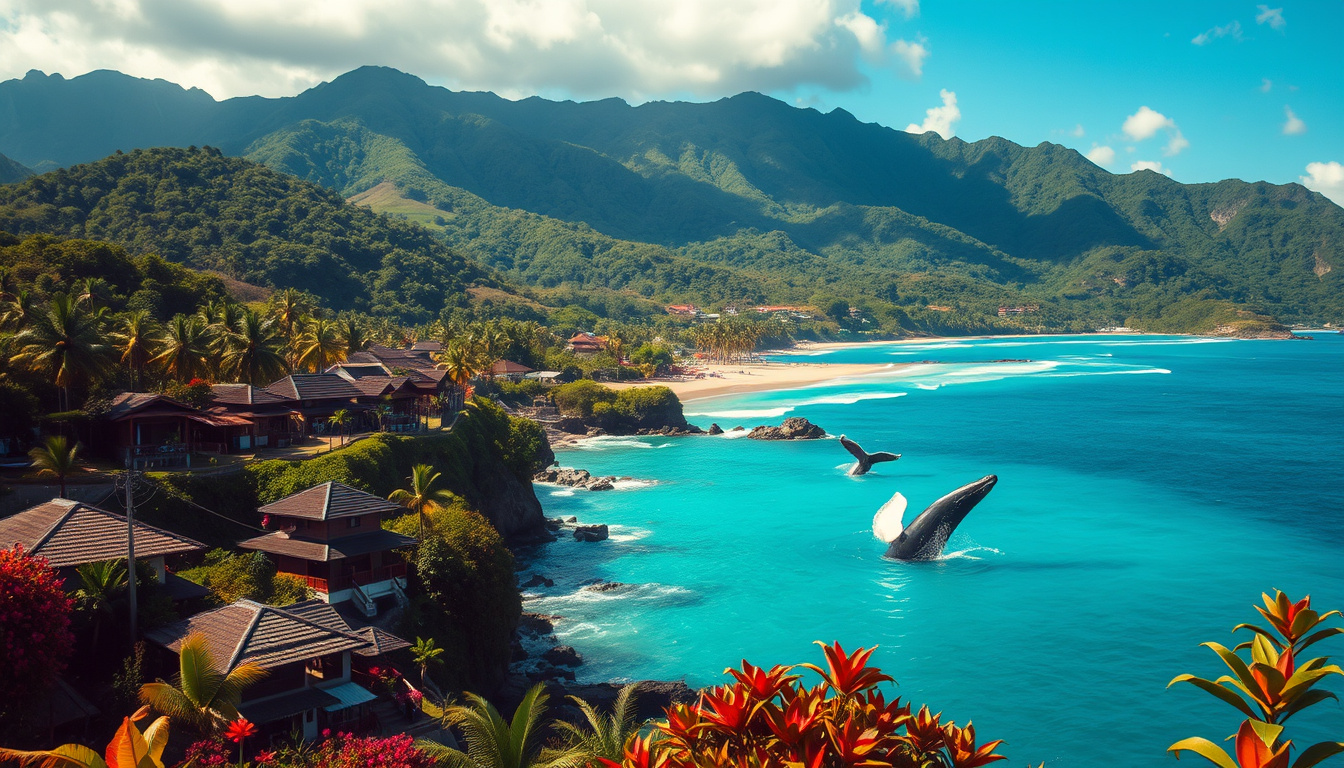
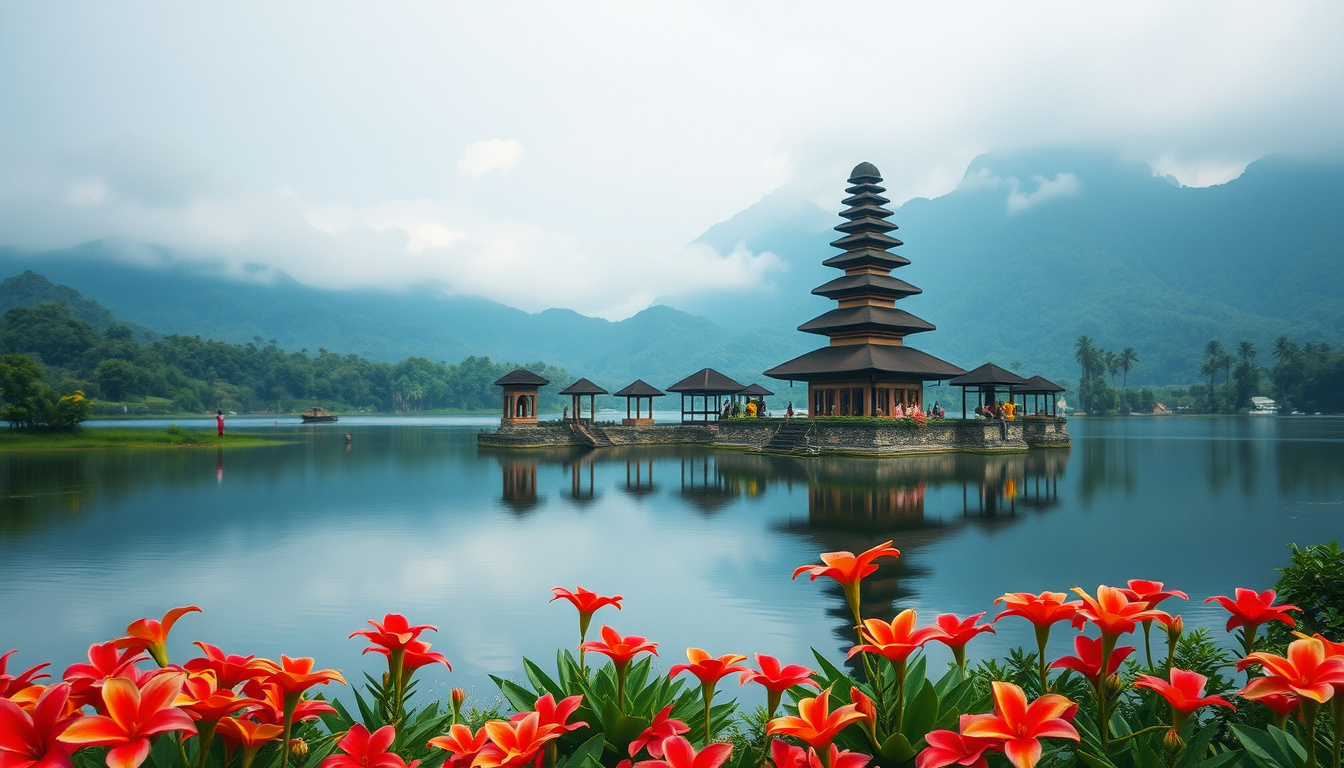


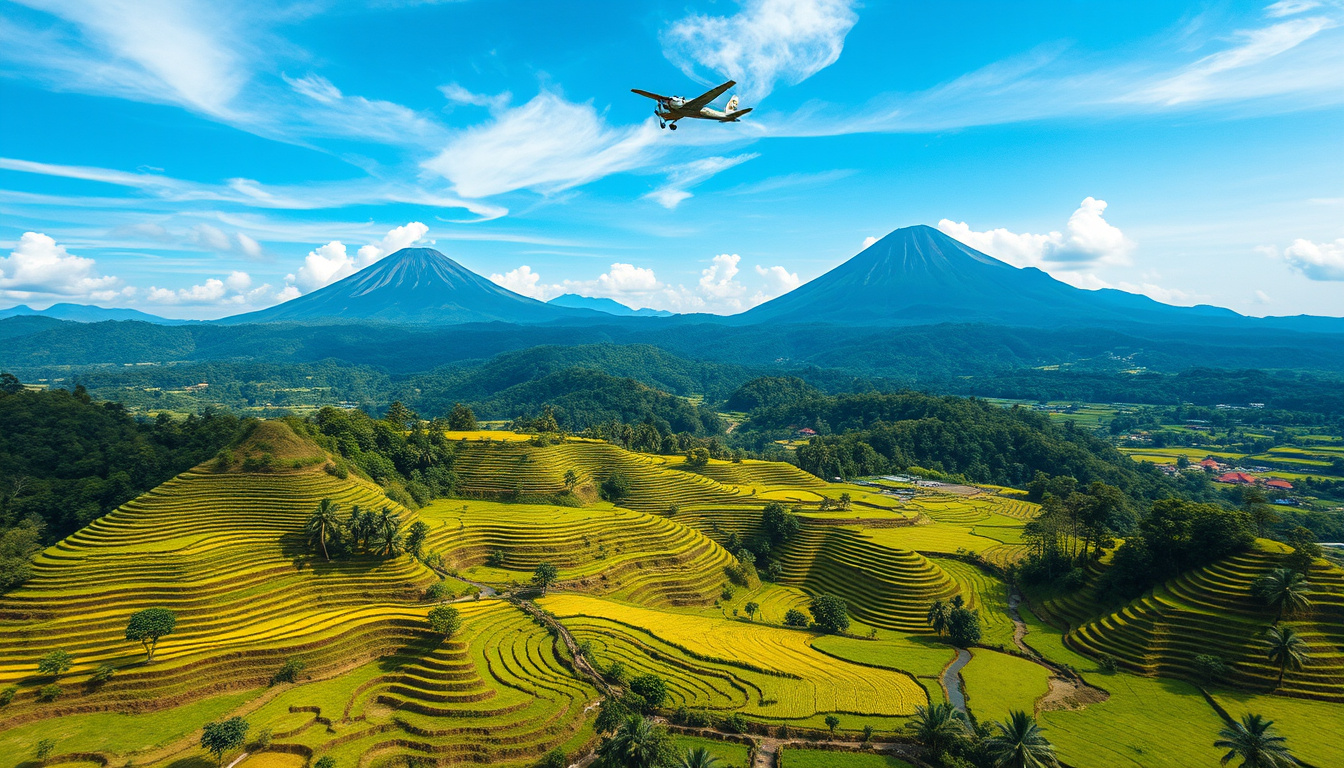
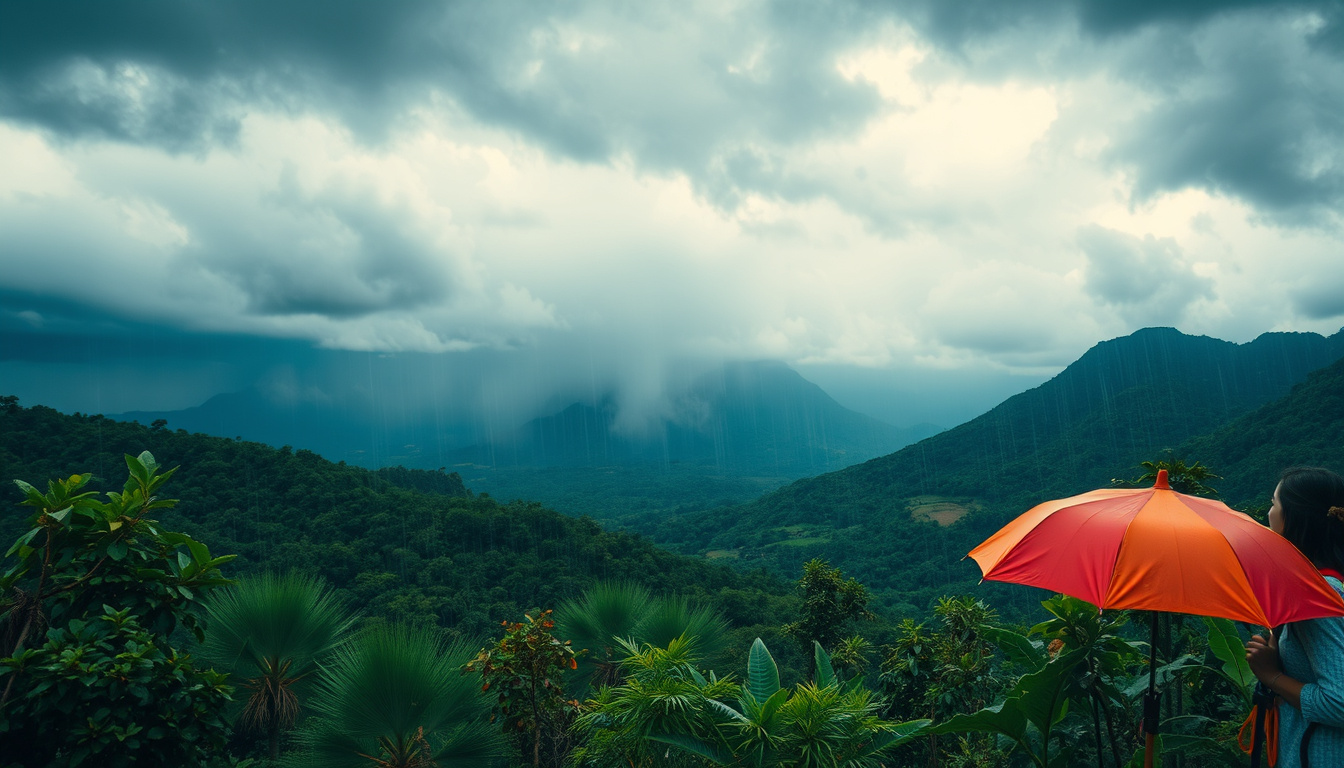

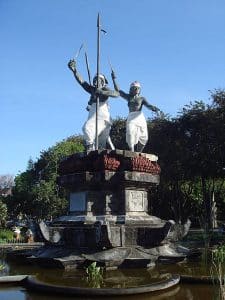










Add a comment